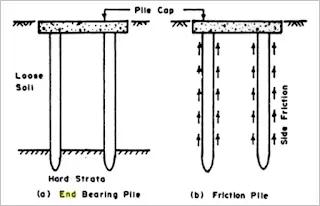 |
| Difference between End Bearing Piles and Skin Friction Piles. |
Generally the bearing capacity of the soil is directly related to the depth from the top soil upto a certain extent after which it again reduces. Terzaghi’s and Meyerhof’s theory of Bearing Capacity are mostly used for the geotechnical design of foundations.
A pile in civil engineering & construction is basically a long cylinder of a strong material either concrete or steel that may be casted at site or driven or pushed into the ground to act as a steady support for the structures built on top of it.
Cases to Use Pile Foundation
Following are the cases in which pile foundation is recommended :-
- When there is a layer of weak soil at the surface. This layer cannot support the weight of the building, so the loads of the building have to bypass this layer and be transferred to the layer of stronger soil or rock that is below the weak layer.
- When a building has very heavy concentrated loads, such as in a high rise structures, bridges or water tanks.
- Subsoil water level is high so that pumping of water from the open trenches for the shallow foundation is difficult or uneconomical.
- Large fluctuations in subsoil water level that may cause sinking foundation in case of shallow foundation.
- Structure is situated near river bed, where there is a danger of scouring action of water.
- The top soil is of expansive nature.
End Bearing Piles
These piles are used to transfer the load through water or soft soil ground to a suitable hard bearing stratum.
End bearing piles are used to transfer load through water or soft soil to a suitable bearing stratum. Such piles are used to carry heavy loads safely to hard strata. Multi-storeyed buildings are invariably founded on end bearing piles, so that the settlements are minimized.
End bearing piles are typically driven through soft soil, such as a loose silt-bearing stratum underlain by compressible strata. Remember this factor when determining the load the pile can support safely.
Friction Piles
These piles are used to transfer to a depth of a friction load carrying material by mean of a skin friction along the length of piles. Friction piles are used to transfer loads to a depth of a friction-load-carrying materials by means of skin friction along the length of the pile. Such piles are generally used in granular soil where the depth of hard stratum is very great.
Like Us on Facebook!
Some piles transfer the super-imposed load both through side friction as well as end bearing. Such piles are more common, especially when the end bearing piles pass through granular soils.
Subscribe Us on YouTube!
Friction piles are used in the soil of fairly uniform consistency and the tip is not seated in a hard layer, the load carrying capacity of the pile is developed by skin friction. The load is transferred downward and laterally to the soil.
Key takeaways…?
So after reading the difference between End Bearing Piles and Friction Piles you have understood the basics of pile foundation, when to use pile foundation, when to use friction piles, when to use end bearing piles.
We normally use frictional pile when we discover by geotechnical investigation that the hard strata (e.g. Rock etc) lies at unreachable depth (let’s say more than 60m) and it would be difficult to execute with available machinery of such capacity. So what we do , we provide frictional pile in that case whose purpose is to transfer large structural imposed loads to soil instead of transferring to end tip of pile.
Similarly when hard strata is found at reachable depth (let’s say less than 40m) we transfer superimposed load to end tip, this type of pile is end bearing.

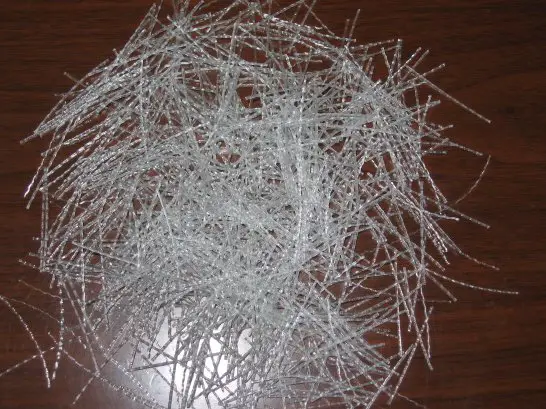
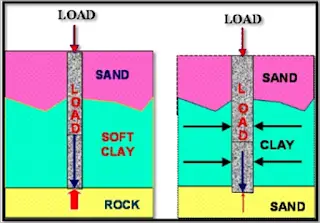








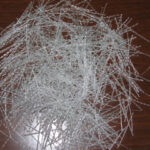





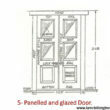




Hi Saad Very nice and informative
Hi Saad Very nice and informative
Hi Saad Very nice and informative
Hi Saad Very nice and informative